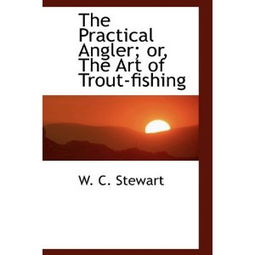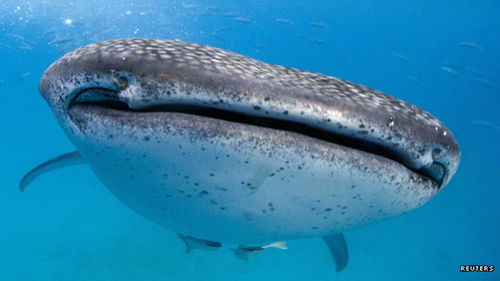Content:
Introduction: Fishing is an ancient and cherished pastime that has been enjoyed by people all around the world for centuries. One of the key elements of successful fishing is the use of the right bait. Among the various types of bait available, shrimp has gained popularity for its effectiveness in attracting fish. In this article, we will delve into the art of using shrimp as bait and provide you with essential techniques to help you master this fishing skill.
Choosing the Right Shrimp: The first step in using shrimp as bait is selecting the right type of shrimp. There are several types of shrimp available, including fresh, frozen, and artificial shrimp baits. For freshwater fishing, fresh shrimp are often preferred due to their natural scent and taste. However, frozen shrimp can also be effective, especially if fresh shrimp are not readily available. When choosing shrimp, make sure they are fresh, plump, and have a vibrant color.
Preparing the Shrimp: Once you have selected the right shrimp, it is important to prepare them properly to maximize their effectiveness as bait. Here are a few tips for preparing shrimp:

a. Remove the head: The head of the shrimp contains a lot of sand and debris, which can affect the flavor and effectiveness of the bait. Gently twist the head off the body to remove it.
b. Peel the shrimp: Removing the shell of the shrimp can make it more appealing to fish. However, if you prefer to use the whole shrimp, make sure to clean it thoroughly to remove any remaining sand or debris.
c. Cut the shrimp: Cutting the shrimp into smaller pieces can increase its surface area, allowing it to release more scent and attract more fish. You can cut the shrimp into halves, quarters, or even smaller pieces, depending on the size of the fish you are targeting.
Attaching the Shrimp to the Hook: Properly attaching the shrimp to the hook is crucial for successful fishing. Here are some techniques to help you do it:
a. Use a shrimp pin: A shrimp pin is a small tool designed specifically for attaching shrimp to hooks. It provides a secure and stable attachment, allowing the shrimp to move naturally as it is being fished.
b. Thread the shrimp onto the hook: If you do not have a shrimp pin, you can thread the shrimp onto the hook by inserting the point of the hook into the shrimp's head and then pushing it through the body. Make sure the hook is fully inserted into the shrimp to prevent it from sliding off.
c. Secure the shrimp: Once the shrimp is attached to the hook, use a small amount of bait holder or fishing line to secure it in place. This will prevent the shrimp from falling off the hook during the fishing process.
Presenting the Shrimp as Bait: The way you present the shrimp as bait can greatly impact your chances of catching fish. Here are some tips for presenting shrimp effectively:
a. Natural presentation: Try to mimic the natural movement of shrimp in the water. Gently twitch the line to make the shrimp look alive and attract fish.
b. Depth: Depending on the type of fish you are targeting, you may need to adjust the depth at which you fish. For example, if you are targeting bottom-feeding fish, you may want to fish the shrimp closer to the bottom, while for surface-feeding fish, you may need to fish it closer to the surface.
c. Change bait: If you are not getting any bites, try changing the size, color, or type of shrimp you are using. Sometimes, fish can become accustomed to a particular type of bait and may require a change to stimulate their interest.
Maintaining Your Shrimp Bait: To ensure the effectiveness of your shrimp bait, it is important to maintain it properly. Here are some tips:
a. Keep it fresh: Store your shrimp in a cool, dry place until you are ready to use them. If you are using fresh shrimp, try to use them within a day or two to ensure they remain fresh.
b. Clean your hands: Before handling the shrimp, make sure to wash your hands thoroughly. This will prevent any unwanted odors from transferring to the bait.
Conclusion: Using shrimp as bait can be a highly effective method for catching fish. By following the essential techniques outlined in this article, you can improve your chances of success on the water. Remember to choose the right shrimp, prepare them properly, attach them securely to the hook, and present them in a natural and appealing manner. With practice and patience, you will become a master of shrimp fishing and enjoy countless memorable fishing experiences.












